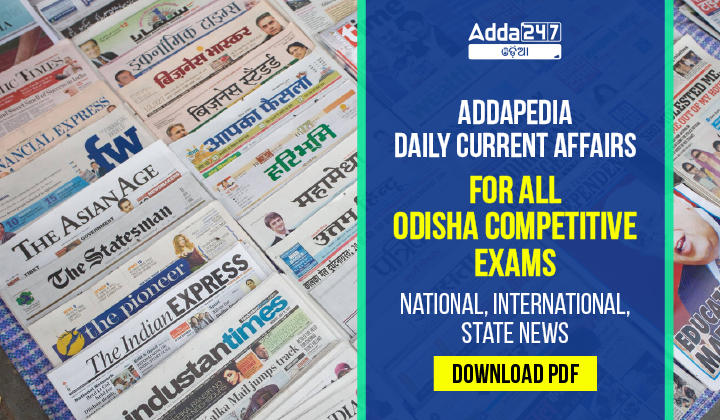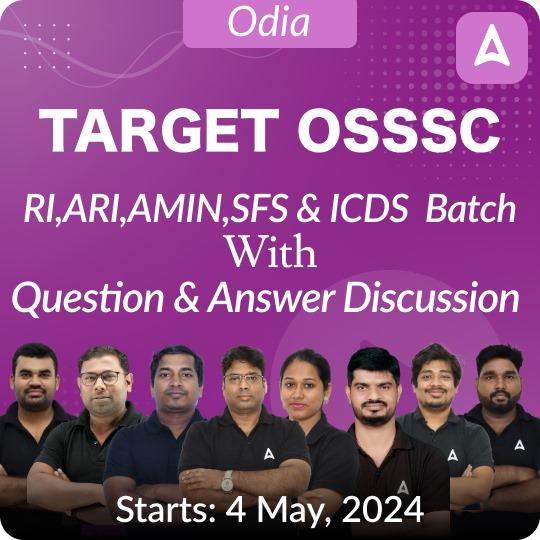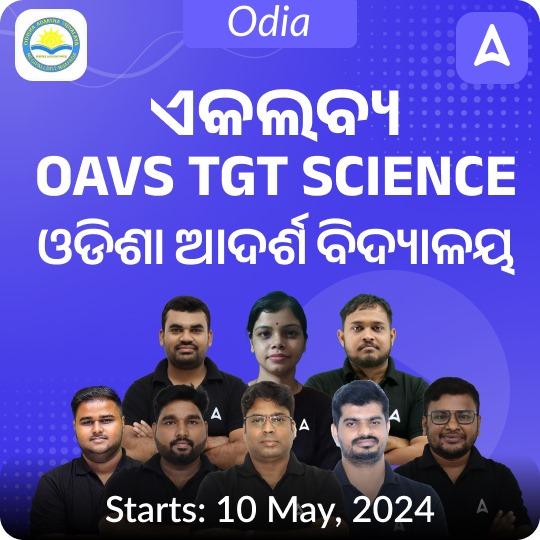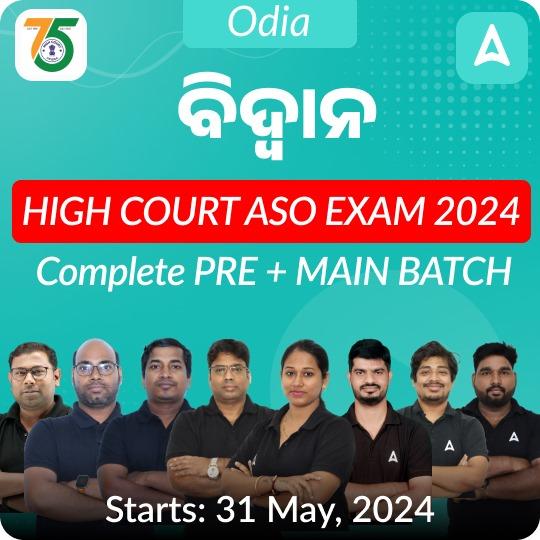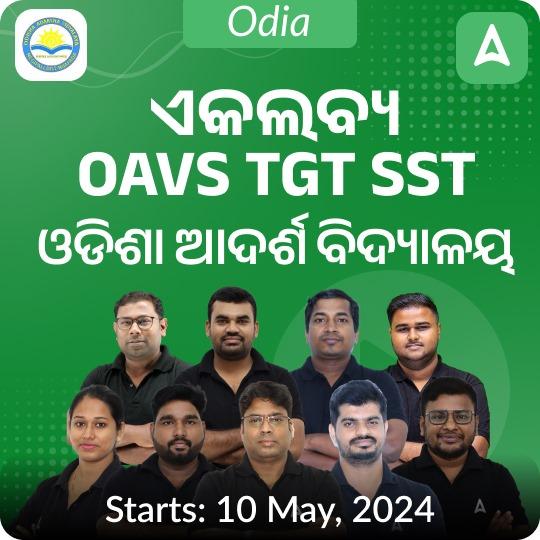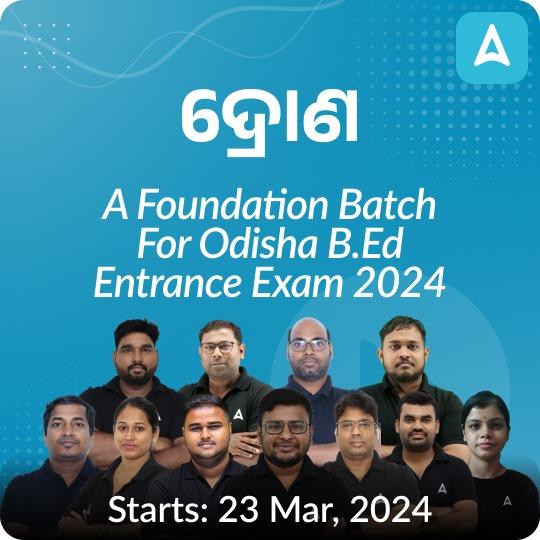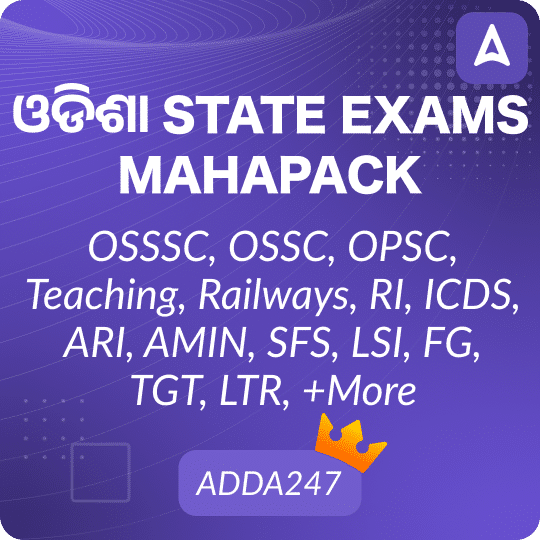| National and International News |
| Secularism |
Why in news?
- The Supreme Court has declared that secularism is an indelible and core part of the Basic Structure of the Constitution.
Key Points:
-
- Secularism is an ideology that emphasizes the separation of religion and the state and the neutrality of the government with respect to religious beliefs.
- It has broadly two meanings:
-
- Separation of religion from the state i.e. Dharm Nirpekshta.
- Equal respect to all religions by state i.e. Sarva Dharma Samabhava.
- The concept of secularism was not expressly mentioned in the Indian Constitution. The Indian Constitution has spelled out several provisions in Part III(Fundamental Rights), Part IV(Directive Principles of State Policy), and Part IVA(Fundamental Duties) that reflect the existence of secularism.
- Apart from the Constitution, Judiciary has also helped shape Secularism in India.
- Kesavananda Bharati v. State of Kerala (1973): The Supreme Court held that secularism was a part of the basic structure of the Constitution.
- Bommai v Union of India (1994): The Supreme Court elaborated on the meaning of secularism. The Court said that secularism means equal treatment of all religions.
|
| Waqf Amendment Bill 2024 |
Why in news?
- During a meeting of the Joint Committee on the Waqf (Amendment) Bill, 2024, Opposition members questioned the representatives from the Union Minority Affairs Ministry about the consultation process that preceded the drafting of the legislation.
Key Points:
-
- The Waqf (Amendment) Bill 2024, introduced in the Lok Sabha on August 8, 2024, proposes significant changes to the governance and management of Waqf properties in India.
- This legislation seeks to amend the Waqf Act of 1995, aiming to enhance transparency, accountability, and efficiency in the administration of Waqf properties while addressing long-standing issues within the system.
- A Waqf is a property donated by Muslims for a specific religious, charitable, or private purpose.
-
- Ownership of the property is considered to belong to God, while its benefits are directed to the specified purposes.
- Establishment: A Waqf can be established through a written deed, legal instrument, or orally.
- Use and Permanence: A property may be recognized as Waqf if it has been used for religious or charitable purposes over an extended period. Once declared Waqf, the property’s status is permanent and irreversible.
|
| LAC (Line of Actual Control ) |
Why in news?
- India and China have reached an agreement regarding “patrolling arrangements” and the resolution of the military standoff at the Line of Actual Control (LAC).
Key Points:
-
- The LAC is the demarcation that separates Indian-controlled territory from Chinese-controlled territory.
- It is divided into three sectors: the eastern sector which spans Arunachal Pradesh and Sikkim, the middle sector in Uttarakhand and Himachal Pradesh, and the western sector in Ladakh.
- In China’s case, LAC is the claim line except in the eastern sector, where it claims the entire Arunachal Pradesh as South Tibet.
- Key Areas in the India-China Standoff:
-
- Pangong Lake Region: This region frequently witnesses cross-paths between patrols of India and China.
- Demchok Region: It reported Chinese activity and heavy equipment movement in the region.
- Galwan River Basin: Satellite images showed Chinese tents near the road close to the Galwan River basin, indicating Chinese incursions into areas traditionally held by Indian forces.
- Gogra Post: Chinese military build-up near the Gogra post heightened the tensions.
- Daulat Beg Oldie (DBO): Chinese encroached in the Daulat Beg Oldie (DBO) sector lying on the Indian side.
|
| National Investigation Agency (NIA) |
Why in news?
- The National Investigation Agency (NIA) has begun its investigation into the recent attack in Kashmir, as the militants involved remain elusive.
Key Points:
-
- NIA is the Central Counter Terrorism Law Enforcement Agency of India.
- Parent Ministry: Union Ministry of Home Affairs.
- Establishment: It was created after the 2008 Mumbai terror attacks, as the need for a central agency to combat terrorism was realised.
-
-
- It was established under the National Investigation Agency Act, 2008.
- The NIA, with its headquarters in New Delhi, has 18 branch offices across the country.
- It investigates and prosecutes offences that affect:
-
- the sovereignty and integrity of India;
- the security of our country;
- friendly relations with foreign countries; and
- our implementation of international treaties, agreements, etc. of the United Nations and other international organisations.
- It investigates and prosecutes offences related to explosive substances, atomic energy, nuclear weapons, unlawful activities, terrorist activities, hijacking, etc.
- The NIA Act was amended in 2019 to enlarge the mandate of the NIA by inclusion of offences related to human trafficking, manufacture and sale of prohibited arms, cyber-terrorism, and offences under the Explosive Substances Act, 1908.
|
| Cyclone Dana |
Why in news?
- The India Meteorological Department (IMD) announced that the well-marked low-pressure area over the Bay of Bengal is expected to intensify into a severe cyclonic storm named Cyclone Dana, crossing the coasts of north Odisha and West Bengal between Puri and Sagar Island.
Key Points:
-
- They are characterized by rapid inward air circulation around a low-pressure area.
- In the Northern Hemisphere, the air circulates in an anticlockwise direction, while in the Southern Hemisphere, it circulates clockwise.
- These atmospheric phenomena are often accompanied by violent storms and adverse weather conditions.
- Tropical cyclones:
-
-
- They are violent storms that form over warm tropical oceans and move toward coastal areas, causing widespread destruction through strong winds, heavy rainfall, and storm surges.
- The formation and intensification of tropical cyclones depend on several favorable conditions including
- a large sea surface with temperatures exceeding 27°C.
- the presence of the Coriolis force.
- minimal variations in vertical wind speed.
- pre-existing weak low-pressure area.
- Tropical cyclones originate over the Bay of Bengal, the Arabian Sea, and the Indian Ocean. These cyclones bring about high wind speeds and heavy rainfall, affecting coastal states in India such as Tamil Nadu, Andhra Pradesh, West Bengal, Odisha, and Gujarat.
- Extratropical Cyclones:
-
- They are also known as temperate cyclones, middle-latitude cyclones, frontal cyclones, or wave cyclones.
- While temperate cyclones originate in the Polar Regions, they affect temperate zones and high-latitude regions.
- In 2000, a group of nations called WMO/ESCAP (World Meteorological Organisation/United Nations Economic and Social Commission for Asia and the Pacific), which comprised Bangladesh, India, the Maldives, Myanmar, Oman, Pakistan, Sri Lanka and Thailand, decided to start naming cyclones in the region.
- The proposed name should be neutral to (a) politics and political figures (b) religious believes, (c) cultures and (d) gender
|
| Black Hole |
Why in news?
- Data from the James Webb Space Telescope on black holes has alleviated concerns about the validity of cosmology’s standard model.
Key Points:
- A black hole is a region in space where the gravitational pull is so strong that nothing, not even light, can escape from it.
- This intense gravity occurs because a large amount of matter has been squeezed into a very small space.
- Most of them are formed from the remnants of a large star that dies in a supernova explosion.
- If the core’s mass is more than about three times the mass of the Sun, it collapses to form a black hole.
- The event horizon is the boundary around a black hole beyond which no light or other radiation can escape.
- Supermassive black holes are the largest type of black holes, with masses ranging from millions to billions of solar masses. They are commonly found at the centers of galaxies, including our own Milky Way.
|
| GDP |
Why in news?
- India’s GDP is projected to grow by 6.8% in the second quarter of 2024-25, slightly higher than the 6.7% increase in the first quarter, according to an economic activity index compiled by the Reserve Bank of India (RBI).
Key Points:
-
- The GDP measures the monetary measure of all “final” goods and services— those that are bought by the final user— produced in a country in a given period.
- Four Key “Engines of GDP Growth”:
-
-
- All the money Indians spent for their private consumption (that is, Private FinalConsumption Expenditure or PFCE)
- All the money the government spent on its current consumption, such as salaries [Government Final Consumption Expenditure or GFCE]
- All the money spent towards investments to boost the productive capacity of the economy.
- This includes business firms investing in factories or the governments building roads and bridges [Gross Fixed Capital Expenditure]
- The net effect of exports (what foreigners spent on our goods) and imports (what Indians spent on foreign goods) [Net Exports or NX].
- Calculation of GDP:
- GDP = private consumption + gross investment + government investment + government spending + (exports-imports)
|
| International Energy Agency (IEA) |
Why in news?
- The International Energy Agency (IEA) projects a surplus in oil supply and weak demand from China in 2025.
Key Points:
- It is an autonomous inter-governmental organization within the OECD framework.
- It works with governments and industry to shape a secure and sustainable energy future for all.
- It was founded in 1974 to ensure the security of oil supplies.
- It was created in response to the 1973-1974 oil crisis when an oil embargo by major producers pushed prices to historic levels and exposed the vulnerability of industrialized countries to dependency on oil imports.
- It consists of 31 member countries and eleven association countries.
- India joined this organization in 2017 as an Associate member.
- Reports published by IEA: World Energy Outlook, World Energy Balances, Energy Technology Perspectives, World Energy Statistics and Net Zero by 2050.
|

